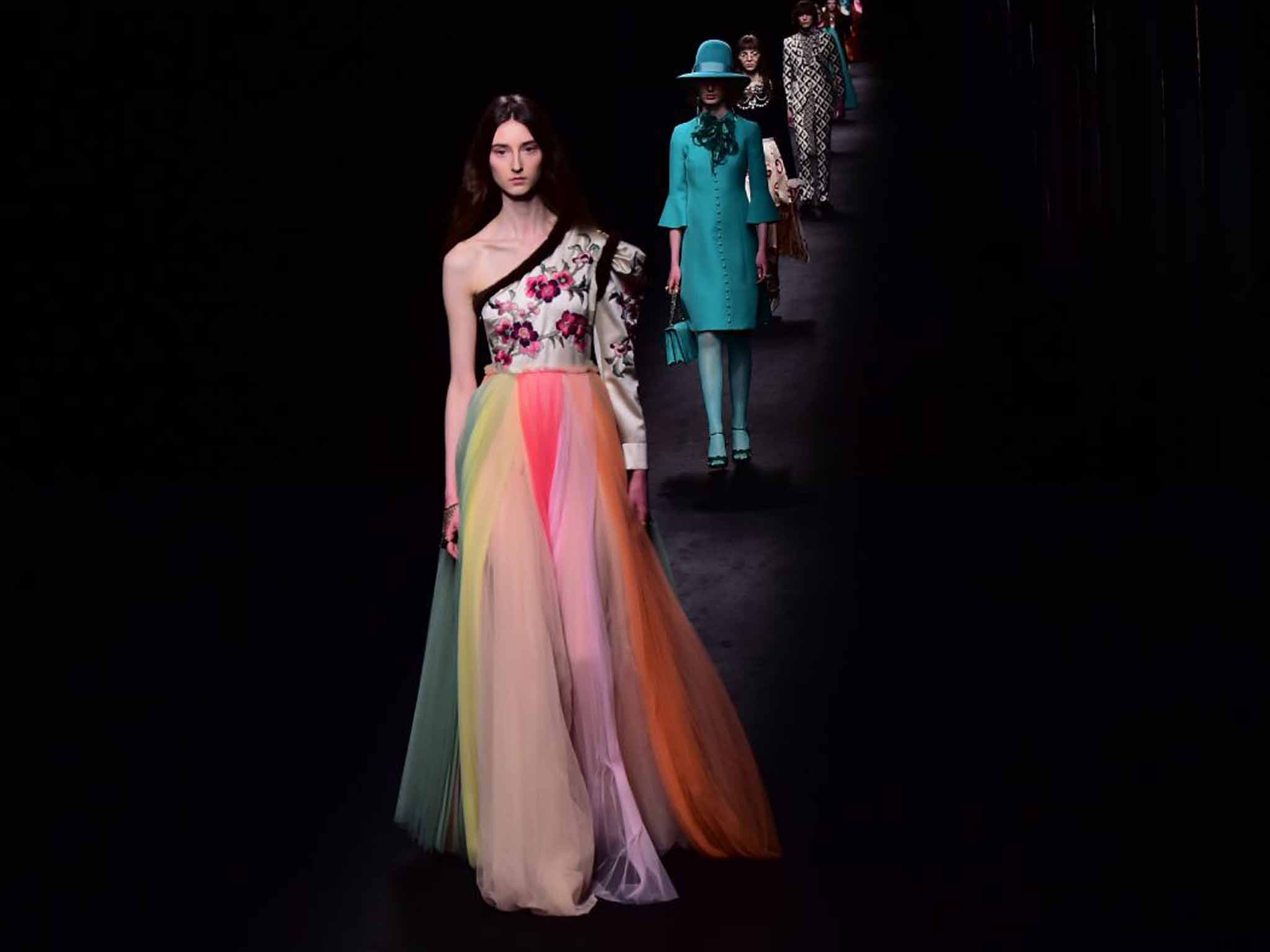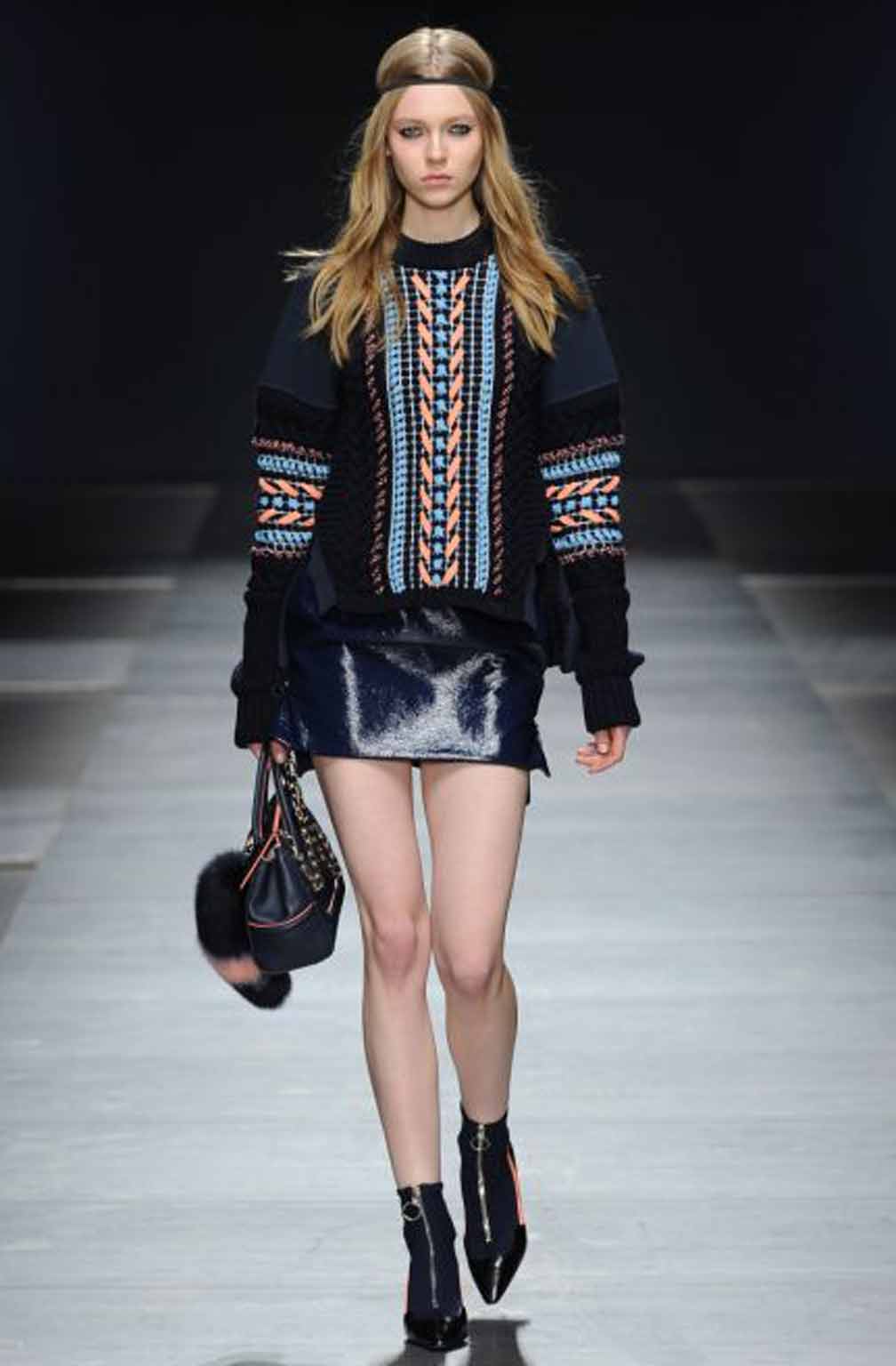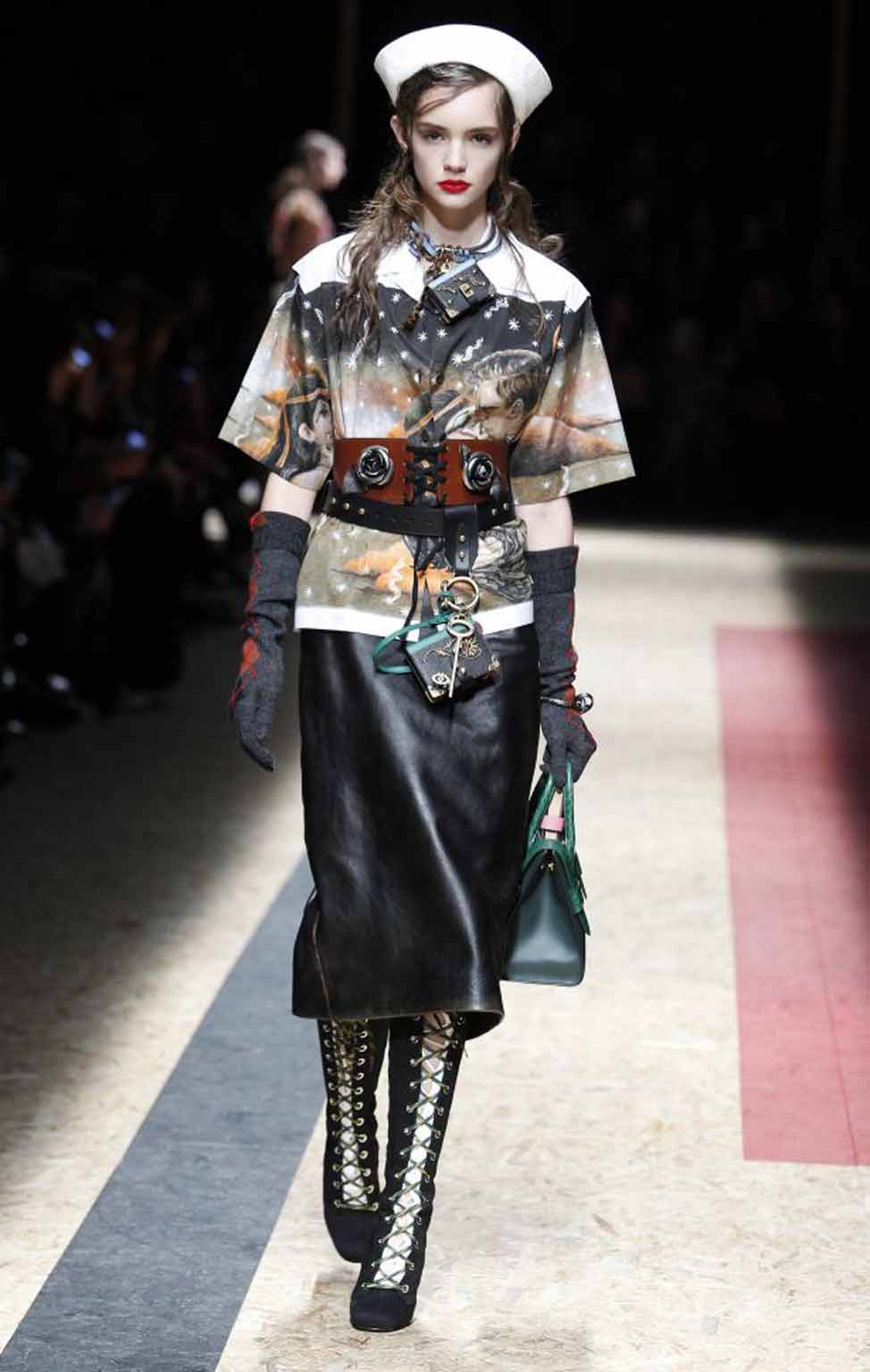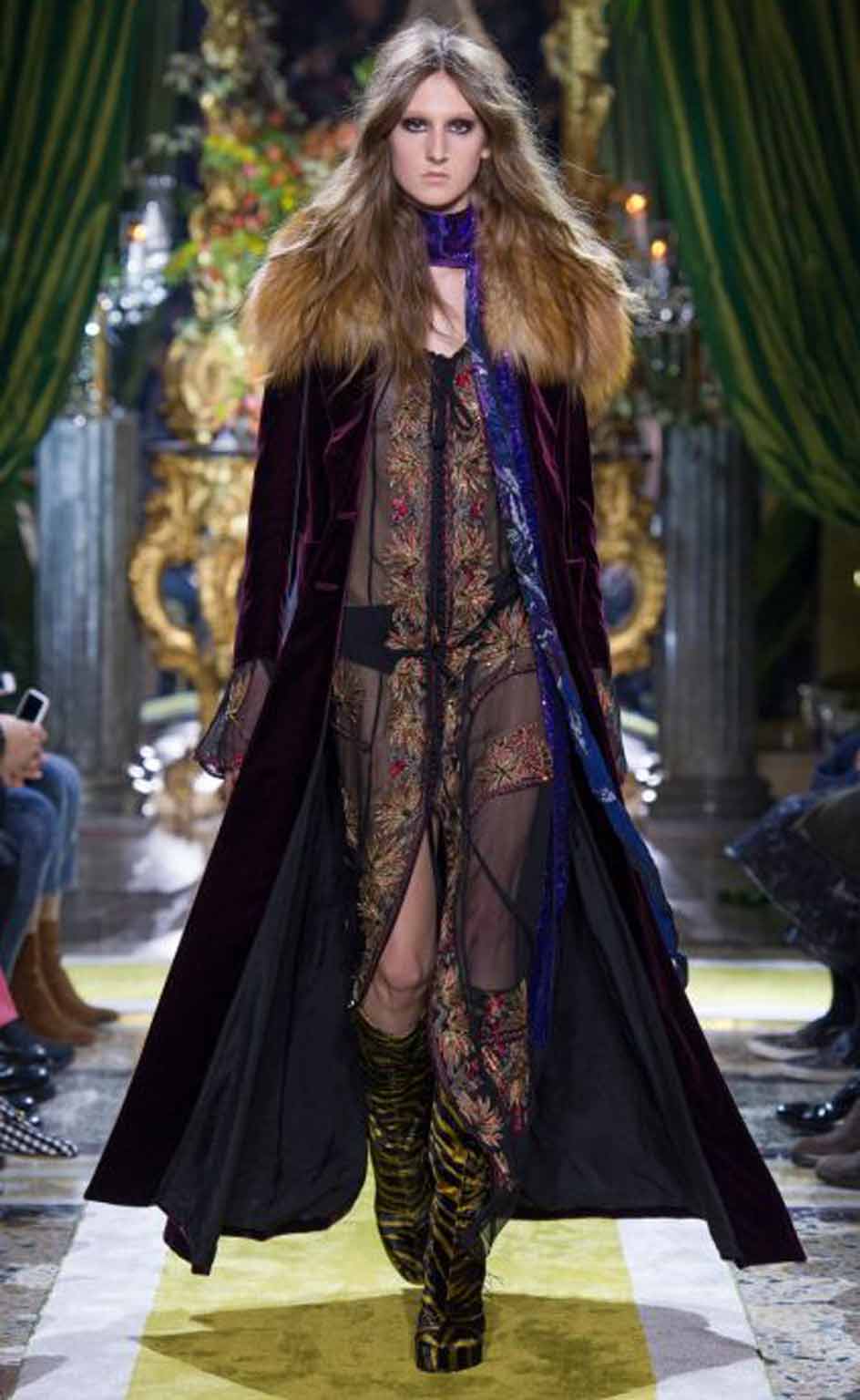Milan's autumn/winter 2016 womenswear: A lesson in luxury and the less-isn't-more approach to drama
This was a compelling Milan season, says Alexander Fury. New appointments cemented their places at established houses, old hands fought against these upstarts.

Your support helps us to tell the story
From reproductive rights to climate change to Big Tech, The Independent is on the ground when the story is developing. Whether it's investigating the financials of Elon Musk's pro-Trump PAC or producing our latest documentary, 'The A Word', which shines a light on the American women fighting for reproductive rights, we know how important it is to parse out the facts from the messaging.
At such a critical moment in US history, we need reporters on the ground. Your donation allows us to keep sending journalists to speak to both sides of the story.
The Independent is trusted by Americans across the entire political spectrum. And unlike many other quality news outlets, we choose not to lock Americans out of our reporting and analysis with paywalls. We believe quality journalism should be available to everyone, paid for by those who can afford it.
Your support makes all the difference.In February 1497, a crowd of Italians got together and burnt a bunch of stuff. They denounced said stuff – mirrors, cosmetics, general finery – as decadent, as incitements to sin. The sins being greed and, of course, vanity, which is what this bonfire was all about.
That all happened in Florence, not Milan; nevertheless, there was a syncronicity between the friar firestarter Girolamo Savonarola's public incineration of the sinful artefacts of Florentine nobility and the Milanese collections for autumn/winter 2016. During the collections, another crowd of Italians got together and piled up another bunch of stuff. It felt like the richest landslide of luxury goods seen for, roughly, 500 years.
But the designers weren't setting fire to these wares; they were trying to sell them. Fur was everywhere. Fendi threw out stoles and coats and keyrings of the stuff, alongside ruffled shoes and pie-crust frilled bags and tooled-leather belts; Versace swung marshmallow-hued fox-tails, mashed prints, beaded gowns; Peter Dundas at Roberto Cavalli layered embroidered velvets with patchwork snake and sequinned chiffons, packing press and buyers into a gilded palazzo so crammed with ferns and marbles and masterpieces and half-drunk flutes of champagne that they had to show twice to fit everyone in.

Those respective pile-ups were a celebration rather than condemnation of riches. The only thing burning was your money, scorching a hole in your pocket. That is, if you ignore Jeremy Scott's soot-stained, carbon-footprinted Cinderella ballgowns at Moschino. Which I generally do.
Moschino may not be creatively interesting, but the business model is fascinating, and influential. A capsule of Moschino's winter collection is on sale in select boutiques already – they've done that since Scott started designing the label. Ironically, its first offering for winter 2014 was inspired by McDonald's uniforms – fast food begetting fast fashion. Also this season, handbags by Prada were sold hot off the catwalk; come September, Burberry will offer its entire London show for sale immediately after its presentation. Conjecture about these kinds of commercial wheezes has been flying about for several weeks, generally overshadowing and distracting attention from the clothing. This season won't go down in history as one that reshapes the modern woman; but it may be the start of reshaping the global retail landscape. That doesn't sound very exciting to watch, does it?

But this was a compelling Milan season, one where new appointments cemented their places at established houses, and where old hands fought against these upstarts. The opportunity to sin is higher than ever in recent memory, with a deluge of product. Alessandro Michele stretched his Gucci show to 70 looks, each composed of a jumble of items. He quoted French philosophy – he does that quite often – and the notion of the “rhizomatic”, equating culture with a web of roots with no sequential beginning or end. An apt description for Gucci, which eschews linear narrative and notions of day and evening.

Backstage, Michele mentioned the Renaissance and a notion of fusing it with Gucci's stalwart 1970s fixations and an undercurrent of Yves Saint Laurent, worn under grand baroque jewellery; a wide-shouldered varsity sweatshirt with an embroidered panther rampant on the sternum.
What Gucci is doing is very clever. It's questioning the old vanities that got burnt, subverting our ideas of value and perhaps even taste. It's challenging fashion, or rather the idea of fashion being a dictated head-to-toe “look” ideally hawked in its entirety, even if no one buys it that way. Rather, Gucci has broken down that notion, and has just offered a pile of piecemeal product. In its quiet way, it's as widely imitated as Moschino's buy-it-now capsule. Gucci's shows are seasonless, perhaps reasonless – a mishmash of disparate items. Fashion show as bricolage.
It's the way many people actually buy clothes: according to whim and want rather than need. Particularly luxury fashion, with consumers deciding to spend many times more on X rather than Y, for some alchemic and difficult-to-discern quality. When it works – as it does, gloriously, at Gucci – plenty of others want to hitch their respective wagons to it.
This was Michele's best Gucci show to date. It wasn't focused or succinct, but it was rich, well made and desirable. The oddest alchemy of them all. That is something Miuccia Prada is fixated on: the mechanics of human desire, why people want. She's interested intellectually, but also sinfully, avariciously. Prada – the woman and the company – wants to make money. Her winter collection was dripping with products, with layers of clothing, trinkets, accessories, tightly bound belts. The bottom line underscored rather than overpowered, though. Mrs Prada talked about exploring a history of women and the work of Christophe Chemin, an artist who created prints for both this collection and the menswear in January. She also talked about vagabonds, of a woman carrying her life on her back.
Unlike many other brands, Prada's work finds parallels in the world outside fashion; it isn't insular, but rather seeks to sync with the larger picture, to embed itself in a cultural context. She shrugged when she was asked about the diaries and notebooks that hung from the necks, waists and wrists of her models. They denoted culture, she said. “Culture helps.”
Prada's fashion is cultured. Like good art, Prada's good fashion reflects the time in which it is created. For both luxury and the world at large, these times are troubled – the collapse of economies as diverse as China and Brazil have shaken the luxury industry. Most labels are thinking only of lost markets, but Prada seems to be focused on the way that world events will shift our sense of self. Prada sent her woman packing – and don't we often use the clothes on our back to express our place in the world, our wealth, our very identity? Especially women; and Prada's show, cinched with corsets and hiked up on heels, was female incarnate. A woman strong, in control, even as the world around her pitches and shifts like a ship lost at sea.
You can read an awful lot into a sailor hat. And into clothes generally. They're not shallow exercises in vanity, as Savonarola and his modern-day equivalents would like to have you think. They semaphore something of the mood of the moment, the state of the world – which, right now, it seems, is a little confused, but confident. Apparently, with money to burn.
Join our commenting forum
Join thought-provoking conversations, follow other Independent readers and see their replies
Comments